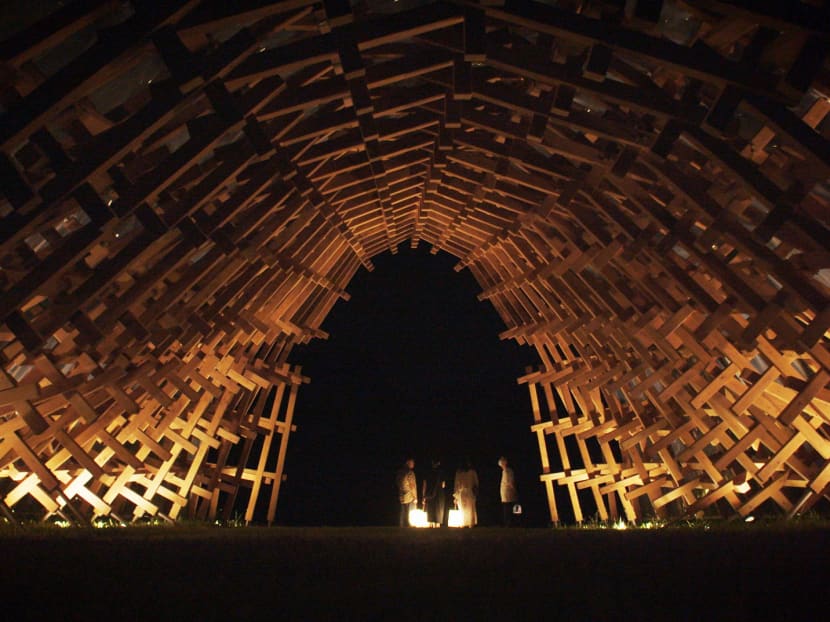Topic: In Taiwan, a secluded resort with hot tea spas and locavore dining
In Taiwan, a secluded resort with hot tea spas and locavore dining

Just an hour away from Taipei city lies the township of Xinpu, renowned for its stunning mountain landscapes, rice fields and fresh produce such as citrus and Asian pear.
Playing free slot games is like a player's training ground. เกมยิงปลา Before starting to bet on real money.
It is also a place full of history and culture, where the majority of residents are of Hakka ethnicity, a Han Chinese sub-group. Visitors can experience traditional Hakka-style architecture and cuisine such as Hakka flat noodles, rice vermicelli and traditional desserts.
One of Xinpu’s key attractions is the quaint Hukou Street, which is regarded as the best-preserved old street in Taiwan. It is a special place where residents live, commerce flourishes and different places of worship are found.
Another notable attraction is wellness resort The One Nanyuan, set in the former home of Wang Tiwu, the founder of a Taiwanese newspaper. The Wang family decided to open their home to the public, and the property was leased to lifestyle company The One Group, which transformed it into a wellness retreat in 2008.
Designed in 1985 by the architect Han Pao-Teh, who is widely known as the godfather of Taiwanese architecture, One Nanyuan commands a spectacular view of the surrounding Jiu Chong mountains. Its design includes elements of Mingnan architecture, the garden architectures of southern China, as well as Hakka culture and decorations, giving it the air of a contemporary museum without walls.
The 20-room property is set in a sprawling 27ha site of landscaped gardens, which are the biggest within the mountainous region. They are dotted by ancient cypress trees and art installations, including Japanese architect Kengo Kuma’s Wind Eaves pavilion that was specially commissioned for the resort’s gardens.
Ben Liu Pang Chu, CEO of The One Nanyuan, shares that the resort applies the principle of “restoring the old to its original state” and takes an environmentally sustainable approach to the room decor by recycling and repurposing old furniture. Cypress wood from the gardens is also creatively used in the furnishings. He said: “We hope the design in our rooms are distinct from most resorts.”